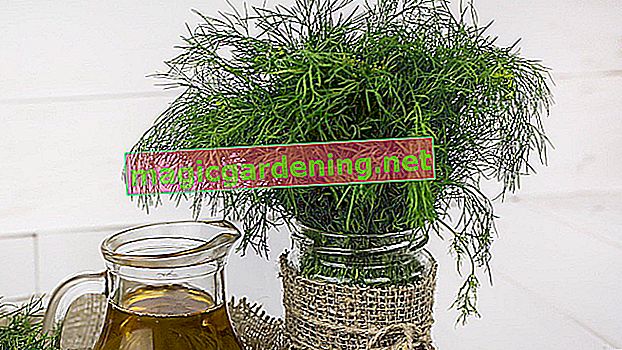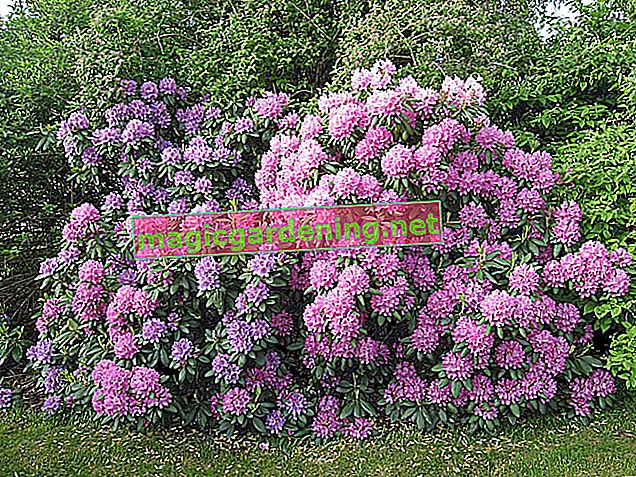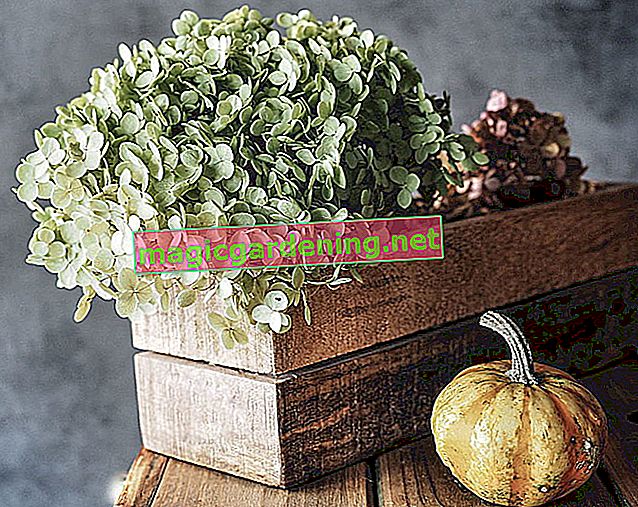
Planting sweet carnations
Mustard carnations are easy to grow from seeds, so you don't necessarily need to buy young plants. Both the home-grown and purchased mustard carnations should be planted by October at the latest so that they can grow well and become resistant before winter. They can tolerate partial shade, but need a sunny location to really bloom nicely.
also read
- How to cut sweet carnations correctly - the best tips
- Here's how to properly sow white carnations - the best tips
- How to properly care for your fan flower - the best tips and tricks
Water and fertilize cloves
If you are growing your cloves in a planter, you should water them regularly. On the other hand, if they are in the open, watering is only necessary on hot days. About once a month you add liquid fertilizer to the irrigation water, your cloves don't need any more fertilizer.
Cut the cloves
You only need to trim the carnations if you want to use them for bouquets; these plants do not need to be cut back. However, this can encourage a second bloom. In this case, after the first flowering, cut your carnations just above the ground.
Diseases and pests
Diseases or pests do not affect the mustache very often. Snails avoid these plants. If they are waterlogged, however, they easily shrink, especially in winter. Rust fungi also occur occasionally in the mustard. Remove the affected parts of the plant immediately, because if the infestation is severe you would have to use an anti-fungal agent.
Mustard in winter
Mustard carnations are hardy, only young plants and carnations in planters need protection from the cold. However, wintering in frost-free indoor areas is more harmful than useful for the mustard. It is better to cover bedding plants with leaves or brushwood and wrap planters with a warming fleece or an old blanket.
The essentials in brief:
- easy to care for
- hardy
- robust
- location in full sun
- biennial
- self-seeding
- fertilize once a month
Tips
The sunnier the location, the more beautiful the mustache blooms. You can support the flowering with a monthly fertilizer.








